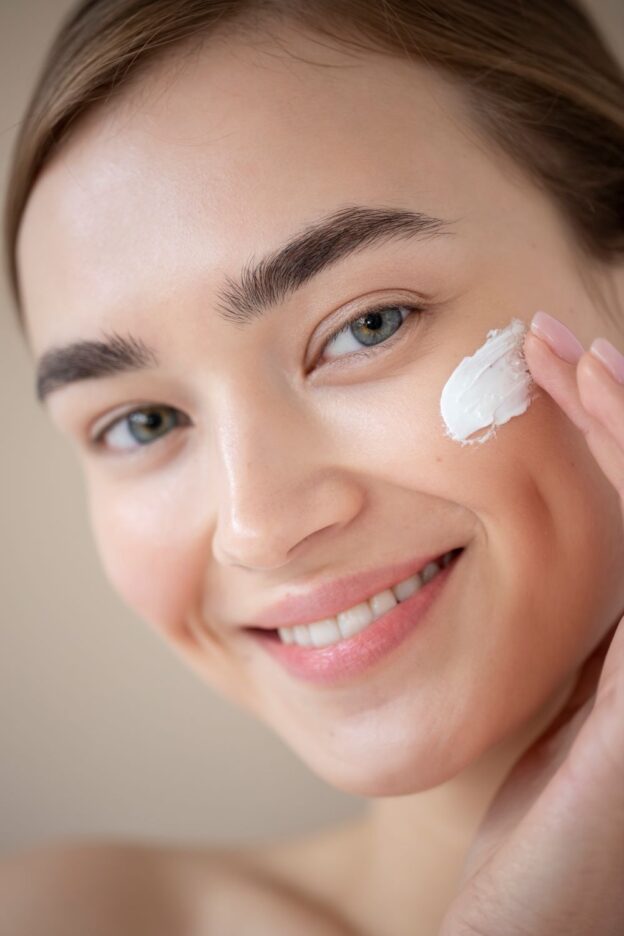Introduction
Doxycycline monohydrate 100 mg is a widely used antibiotic for treating acne, particularly moderate to severe inflammatory acne. It works by reducing bacteria and inflammation in the skin, making it an effective option for those struggling with persistent breakouts. However, many people wonder how long it takes for doxycycline to show visible improvements in their skin. Understanding the timeline, factors that influence effectiveness, and how to maximize results can help set realistic expectations for acne treatment.
How Doxycycline Works for Acne
Doxycycline is a tetracycline antibiotic that primarily targets Propionibacterium acnes (P. acnes), the bacteria responsible for acne breakouts. It also has anti-inflammatory properties that help reduce redness, swelling, and painful cystic acne. Unlike topical treatments, doxycycline works internally, addressing the root causes of acne from within. You can also try accutane for acne from dose pharmacy.
Typical Timeline for Acne Improvement
The duration it takes for doxycycline to improve acne varies from person to person. However, most individuals can expect the following general timeline:
-
Week 1-2: Minimal visible changes. Some people may experience an initial breakout or skin purging as the medication starts working.
-
Week 3-4: Slight reduction in inflammation and breakouts. Redness may start to subside.
-
Week 6-8: More noticeable improvements. Acne lesions are reduced, and skin texture may improve.
-
Week 10-12: Significant reduction in acne for most patients. Breakouts become less frequent, and skin continues to clear.
-
Beyond 12 Weeks: If the medication is effective, acne continues to improve. Some people may need long-term maintenance therapy or a gradual transition to topical treatments.
Factors That Influence the Effectiveness of Doxycycline
Several factors can affect how quickly and effectively doxycycline works for acne:
-
Severity of Acne: People with mild acne may see quicker results, while those with severe acne may take longer to notice improvements.
-
Consistency: Taking doxycycline as prescribed without missing doses ensures better results.
-
Combination Therapy: Doxycycline is often prescribed alongside topical treatments like retinoids or benzoyl peroxide to enhance its effectiveness.
-
Diet and Lifestyle: A healthy diet, proper skincare, and avoiding triggers like excessive dairy and high-glycemic foods can support faster results.
-
Body’s Response: Everyone’s skin responds differently to treatment, so some may see faster or slower improvements than others.
Side Effects and What to Expect
Like any medication, doxycycline has potential side effects. While most are mild, it is important to be aware of them:
-
Common Side Effects: Nausea, upset stomach, sun sensitivity, and mild headaches.
-
Less Common Side Effects: Dizziness, yeast infections, and mild skin irritation.
-
Rare but Serious Side Effects: Severe allergic reactions, liver issues, and esophageal irritation (which can be minimized by taking the pill with plenty of water and not lying down immediately after).
If side effects become bothersome, consult a healthcare provider for adjustments or alternative treatments.
How to Maximize the Effectiveness of Doxycycline
To get the best results from doxycycline for acne, consider the following tips:
-
Take It with Plenty of Water: Helps prevent stomach irritation and esophageal discomfort.
-
Avoid Dairy and Antacids: These can interfere with absorption and reduce effectiveness.
-
Use Sunscreen Daily: Doxycycline increases sun sensitivity, making skin prone to sunburn.
-
Follow a Consistent Skincare Routine: Gentle cleansing and moisturizing can support the healing process.
-
Be Patient and Stay Consistent: Results take time, so continuing treatment as prescribed is essential.
When to Consult a Doctor
If you do not see any improvement after 12 weeks, or if side effects become intolerable, consult a dermatologist. They may adjust your dosage, recommend a different antibiotic, or explore other acne treatment options like hormonal therapy, isotretinoin, or professional skincare treatments.
Doxycycline is an effective acne treatment, but it requires patience and consistency. Most people start seeing results within 6-8 weeks, with significant improvements by 12 weeks. Factors like acne severity, adherence to treatment, and lifestyle choices can impact how quickly the medication works. By following your doctor’s recommendations and maintaining a good skincare routine, you can maximize the benefits of doxycycline and achieve clearer skin over time.








